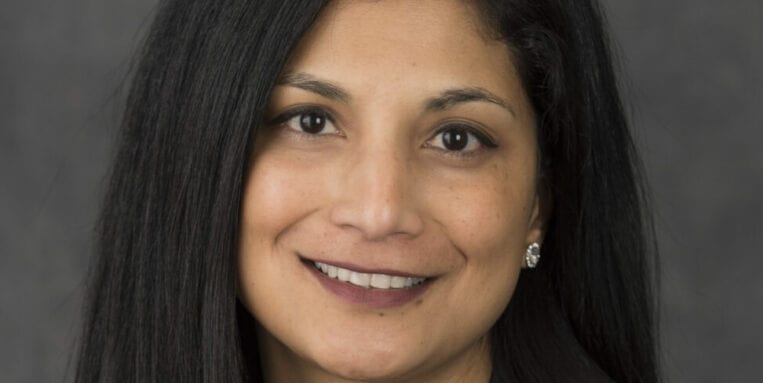By Pragya Murphy, Development Officer
Congress has tried to eliminate the Stretch IRA for years and now they’ve finally done it.
The Stretch IRA allowed a non-spouse beneficiary of an IRA to withdraw from the IRA over their life expectancy, essentially stretching its benefit into the next generation. This was particularly useful if you wanted to leave your IRA in a trust for your heirs.
In place of the Stretch IRA, the Setting Every Community Up for Retirement Enhancement (SECURE) Act, which went into effect on January 1, 2020, now requires all non-spouse beneficiaries to withdraw the entire balance from the inherited IRA within 10 years of the owner’s death. For many of us, this is not desired, because we likely want to give our heirs stability that lasts. However, there are other trust planning options to extend those benefits out over the life expectancy of your beneficiary.
You can still provide security for your heirs, make your IRA last for years after your lifetime and benefit a charity. All you have to do is name a charitable trust as beneficiary of your traditional IRA. This solution has been around since the Tax Reform Act of 1969; but now that the Stretch IRA is gone, it has become the only viable option.
From a tax perspective, the trust isn’t taxed on either the distribution from the IRA or the income and gains it earns. Your heirs likely will owe taxes on distributions from the charitable remainder trust just like you did when withdrawing from your IRA. The upside is that the charitable remainder trust can last much longer than the 10-year payout provisions contained in the SECURE Act. What this means is that for individuals wanting to extend the payout period, the charitable remainder trust becomes a practical vehicle to obtain all the benefits of the Stretch IRA with the additional incentive of benefiting a charity after the lifetime of your heirs.
A Few Points to Consider
- A surviving spouse still has the ability to inherit the decedent’s retirement accounts and use them over the rest of their life.
- Heirs will only receive an income stream and not a lump sum. If a lump sum payment to heirs is desired, a portion of the retirement account could be left directly to them.
The charitable benefit should be emphasized with your family. Not only can this choice provide about the same or more benefit to your heirs assuming average life expectancies, but it can also provide a substantial amount to charity as well.









